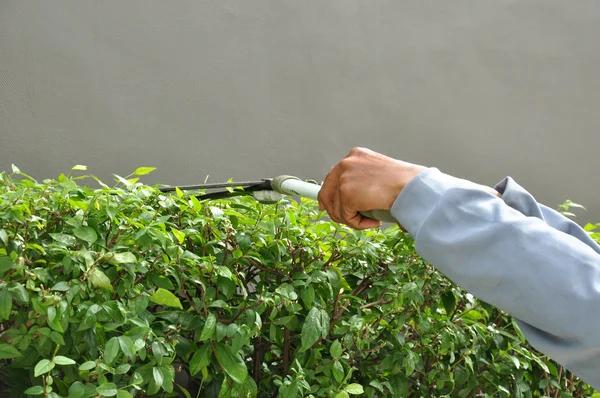Expert Advice on Installing Electric Fencing Quickly and Safely

Installing electric fencing efficiently and safely requires careful planning, the right tools, and adherence to safety protocols. Experts emphasize that preparation is crucial before any physical work begins. Start by assessing the area where the fence will be installed to determine its size, terrain, and any obstacles that might affect installation. Clear vegetation and debris along the fence line to ensure proper wire tension and prevent shorts caused by plants touching the electrified wires.
Choosing appropriate materials tailored to your needs significantly impacts both installation speed and long-term performance. Use high-quality insulators designed for electric fencing to avoid power loss or accidental grounding. Select durable posts suitable for your soil type; steel or fiberglass posts are often preferred for their strength and ease of handling compared to wooden ones. Using pre-cut wire lengths can save time during installation while maintaining consistency throughout the fence.
When learn all about it comes to setting up posts, experts recommend spacing them evenly according to manufacturer guidelines-usually between 8 to 12 feet apart-to maintain optimal wire tension without sagging or excessive strain on individual posts. Drive posts firmly into the ground using a post driver rather than hammering them in with a sledgehammer, which can damage both posts and surrounding soil structure.
Proper wiring is essential not only for functionality but also for safety. Connect wires securely using specialized connectors designed specifically for electric fences instead of makeshift knots or twists that may loosen over time. Ensure all connections are tight yet flexible enough to accommodate natural movement caused by wind or temperature changes.
Installing an energizer correctly is another critical step highlighted by professionals. Position it near a reliable power source but away from moisture-prone areas such as low-lying ground where water could accumulate. Grounding plays a vital role in system effectiveness; install at least three grounding rods spaced several feet apart connected via heavy gauge copper wire buried deep enough into moist earth for consistent conductivity.
Safety precautions cannot be overstated when working with electric fencing systems. Always turn off power before making adjustments or repairs, wear insulated gloves during handling of live wires, and use warning signs around fenced areas if livestock or people frequent nearby zones unfamiliar with electric fences.
Following these expert recommendations facilitates quick installation while minimizing risks associated with improper setup or maintenance failures over time. Taking deliberate steps ensures your electric fence functions reliably as intended without compromising user safety throughout its lifespan.
